How to Read CBD Labels?
Summarize
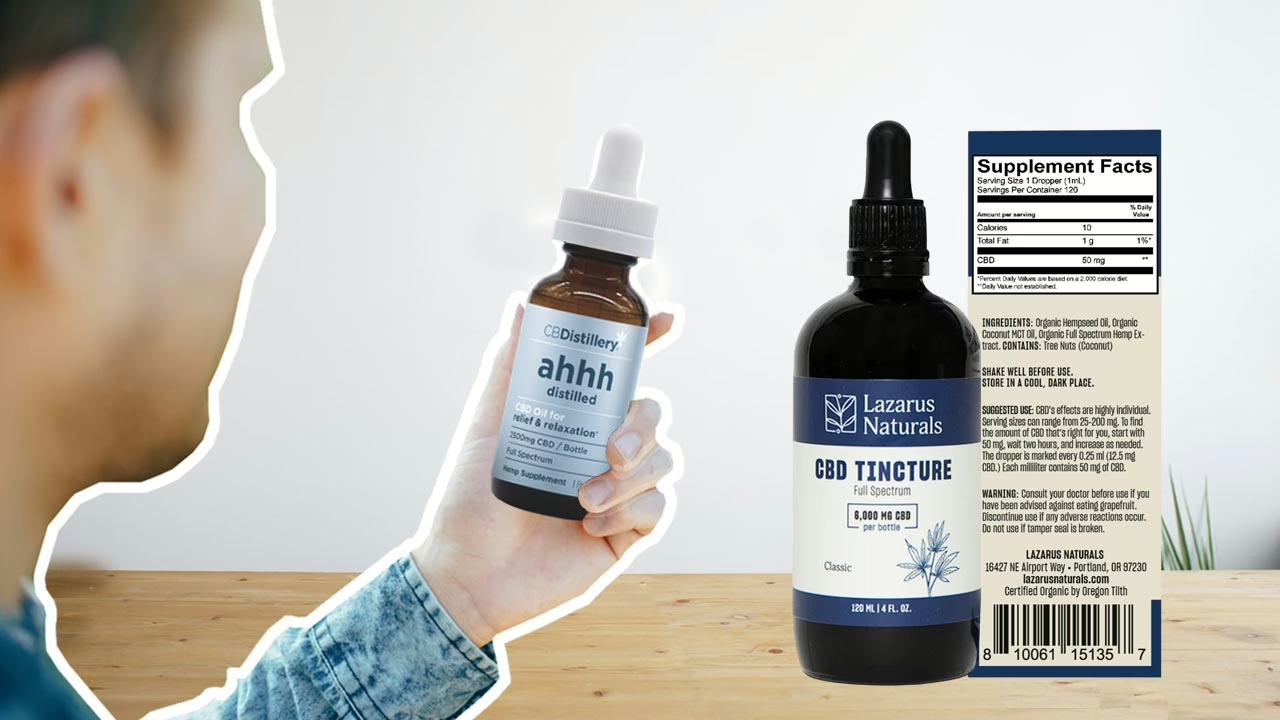
CBD may be a popular product that is taken by 1 in 7 adults, but the industry isn’t regulated. That means that the quality of CBD and the ingredients added to it can vary widely. Thus, as a consumer, finding the best and safest products is in your best interest. That’s when reading CBD oil labels works to your advantage.
How to Read a Label?
Regarding CBD label requirements, every state has different laws and regulations for what should be included. As a savvy consumer, there are certain things you need to look for on tincture labels and other CBD product labels, and these include the following.
1. Manufacturer
The first thing you will probably notice when looking at labels is the manufacturer’s name. It is in your best interest to research the company to determine if it is trustworthy and reputable. Remember, this industry isn’t regulated, but it’s incredibly popular, so CBD manufacturers start with the hopes of making a lot of money.
Many of them may put harmful or artificial ingredients in their CBD. To keep yourself safe, only buy from companies that have been around for a while, have good customer reviews, and send their products to a third-party independent lab for testing.
Here, we can easily define the manufacturer. It’s CBDfx:
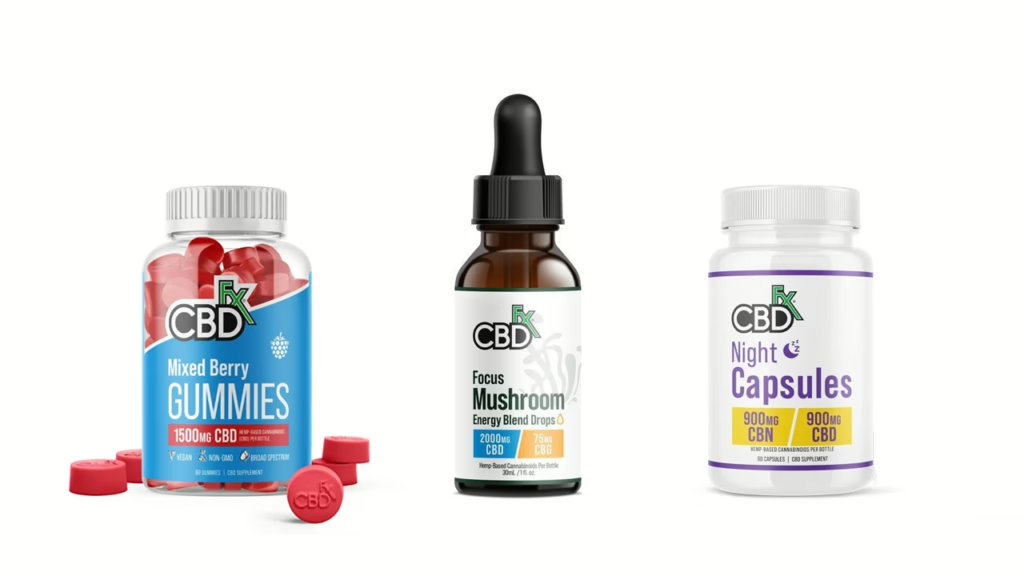
When it comes to how to read CBD lab results, the one thing you’ll want to look for is contaminants and toxins. If the CBD contains these, it’s best to avoid the product.
2. Recommended CBD Dosage and Serving Size
After determining that you are getting high-quality CBD oil from a trustworthy manufacturer, you should look at the recommended CBD dosage. The label should tell you the total amount of CBD in milligrams (mg) found in the package and what a CBD serving size is.
For example, if you take cbdMD capsules, one or two softgels will be one serving. The label should let you know how many servings are in the bottle and how many milligrams of CBD each pill contains. This will help you determine how much you should be taking for your health and well-being.
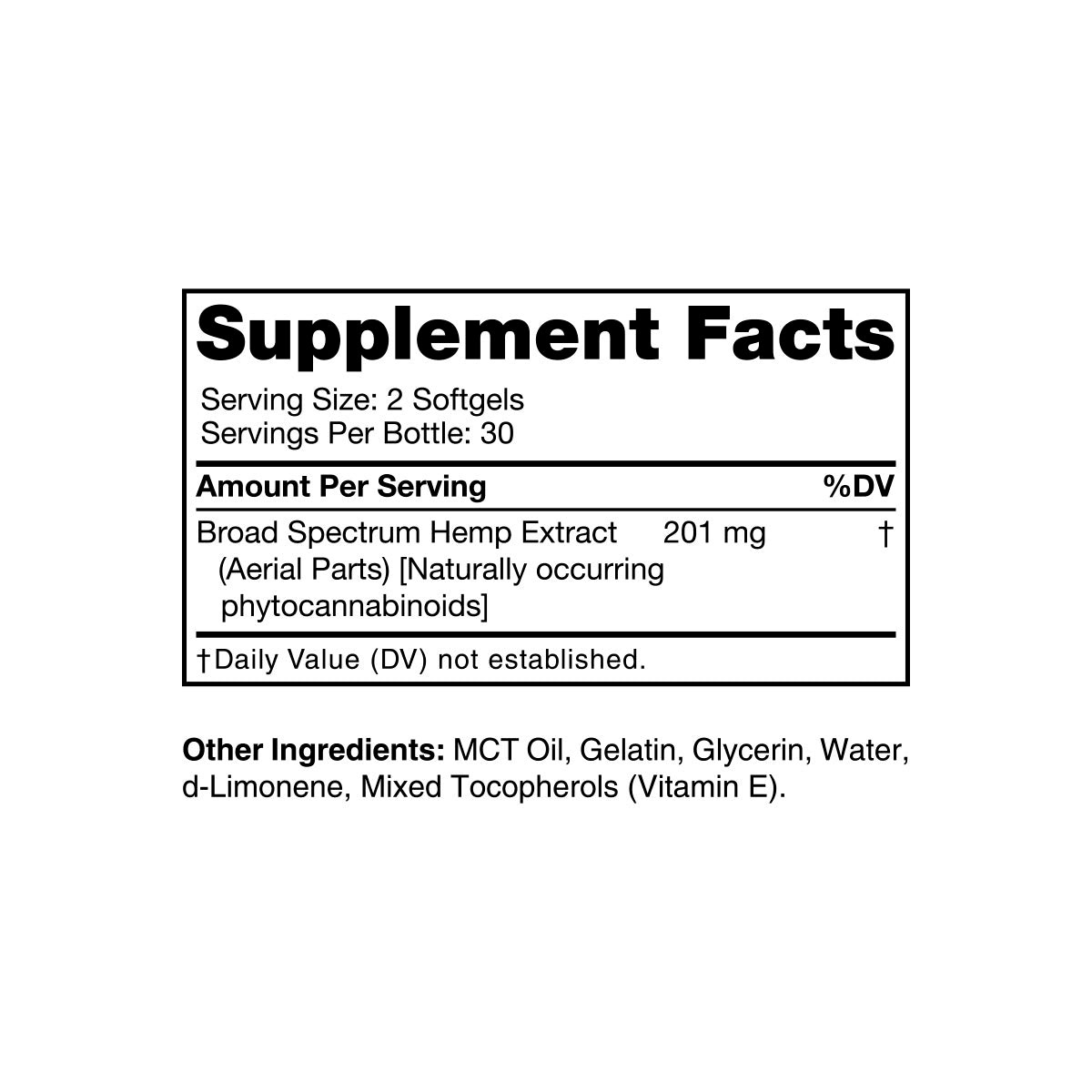
3. CBD Oil Spectrum
CBD comes in three spectrums: full, broad, and isolate.
- Full-spectrum CBD contains all cannabinoids and terpenes that are naturally found in the hemp plant, including THC.
- Broad-spectrum CBD contains all cannabinoids and terpenes, but it does not contain THC.
- CBD isolate contains no additional cannabinoids or terpenes; it is only CBD.
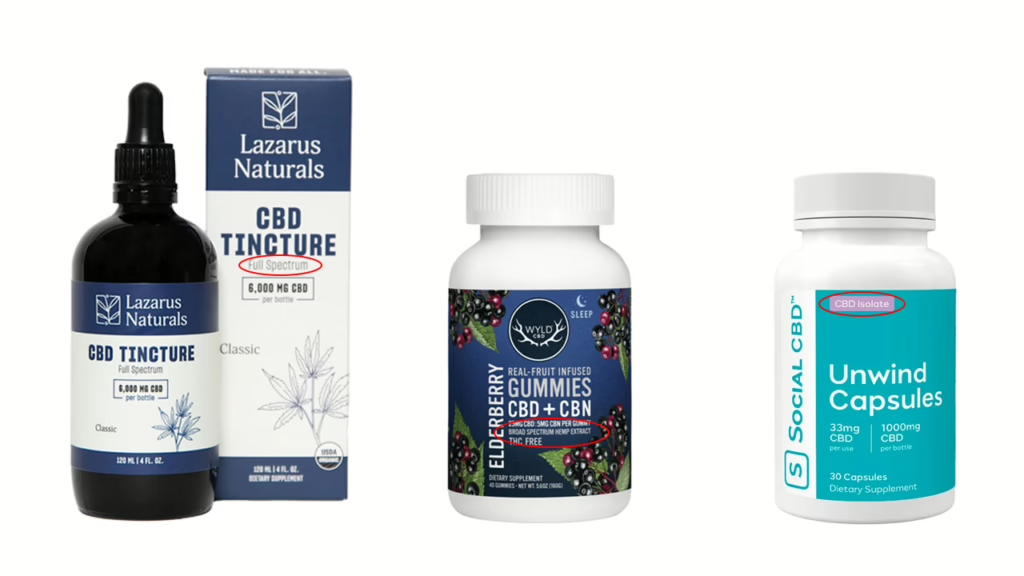
Knowing which option is right for you will depend on what you are trying to treat, how your body processes CBD, and the effects you are looking for.
4. THC Content
THC is the element in marijuana that makes you feel high. It naturally occurs in hemp plants, from which CBD is derived, but in small amounts that don’t make you feel high. However, if you have to take a drug test, it’s still possible that the low amounts of THC in your CBD will show up in the results, thus causing you to fail.
The CBD oil label should indicate the amount of THC in the product. If there is none, it should say that.
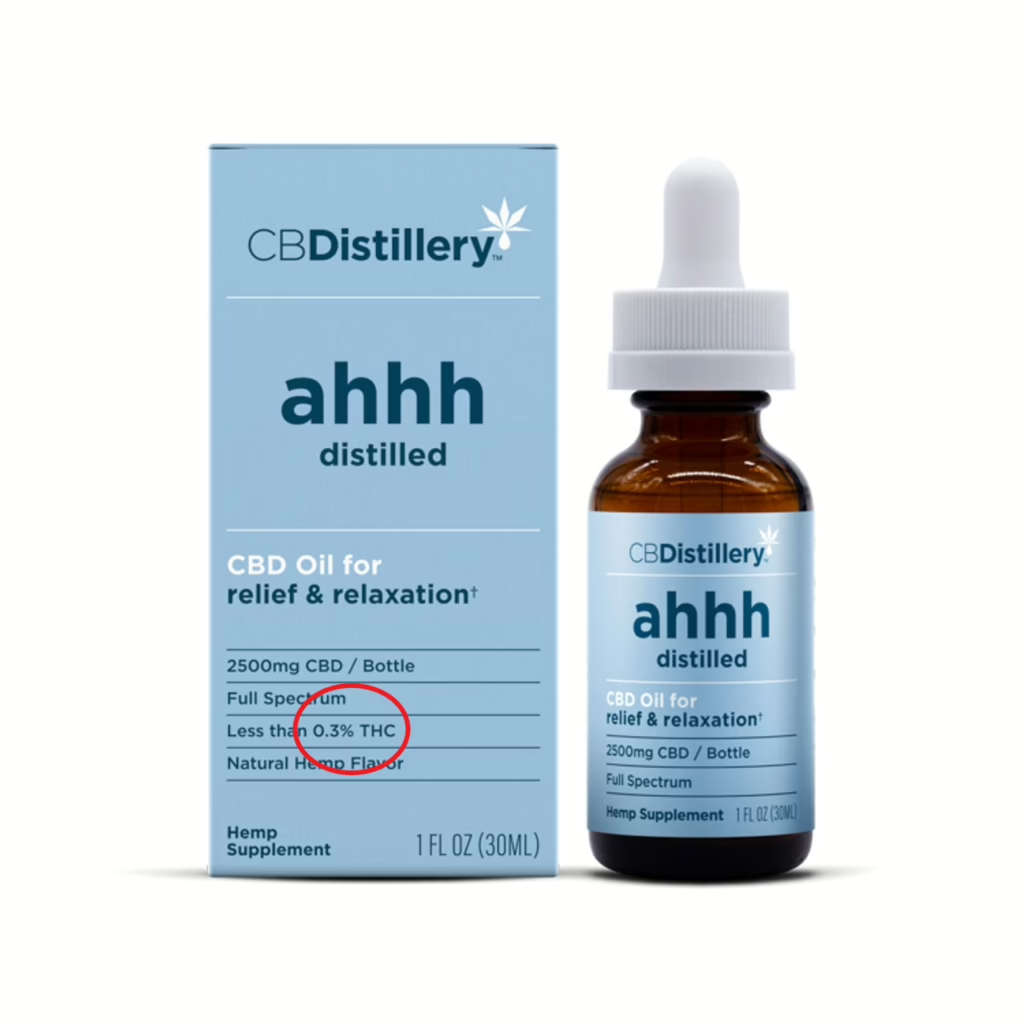
5. Other Ingredients
Many other CBD ingredients might be in your CBD product. Should you take gummies, the label should list all ingredients that went into making the product: organic cane sugar, water, organic tapioca syrup, pectin, organic natural flavors, citric acid, organic lemon oil, and terpenes. If you take CBD oil tincture, the label should list the carrier oil used. In the example below, fractionated coconut oil (MCT) is used.
Take the Time to Read the Label
Reading CBD labels ensures you get an all-natural, high-quality product that could positively impact your health. With so many companies and brands to choose from, it is recommended that you buy from reputable, trustworthy manufacturers, and finding them requires reading the CBD product label.
Share this post


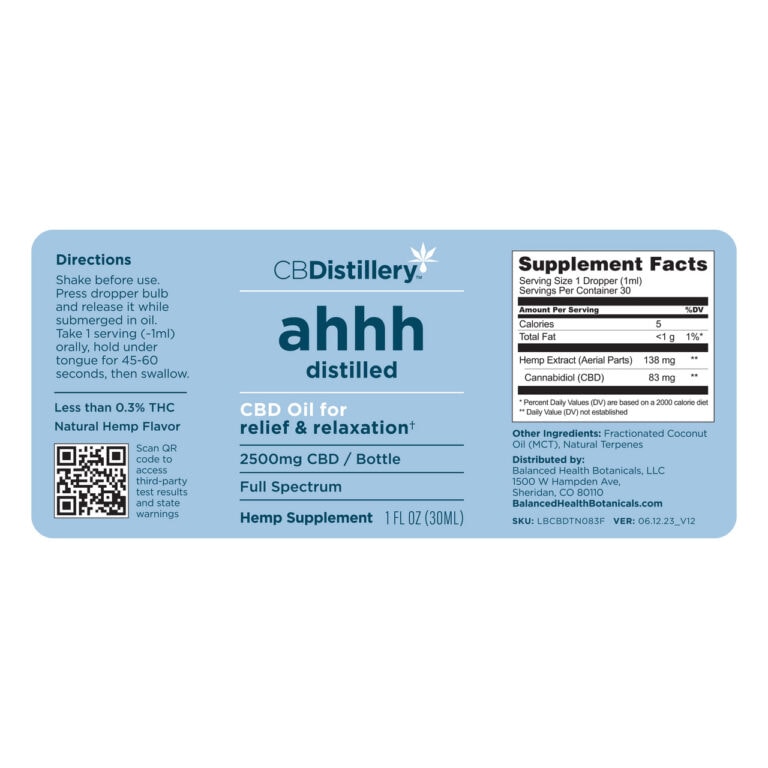
0